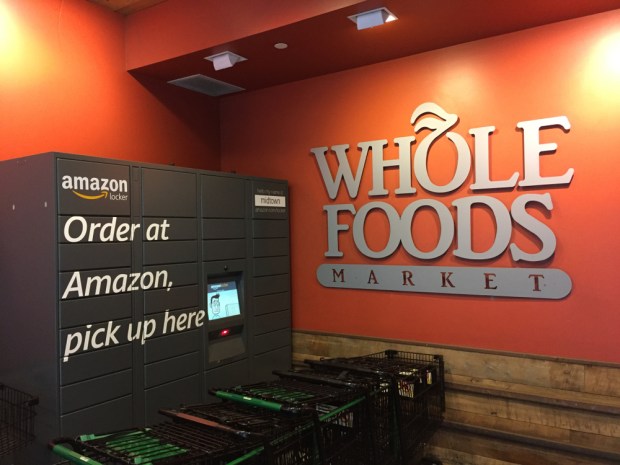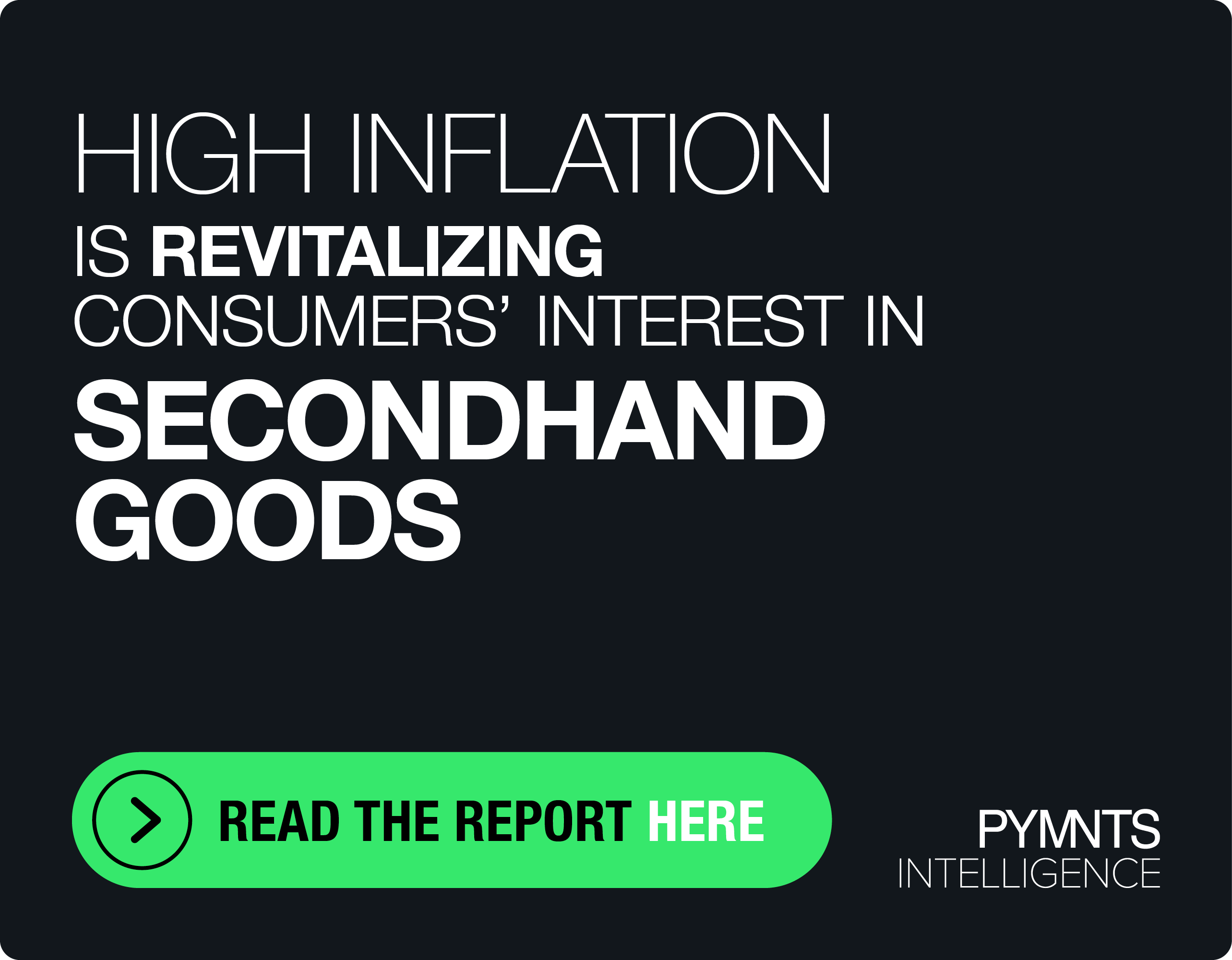Amazon Chips Away at Walmart Grocery Lead With Unified Pickup Options

As Amazon continues to try to shrink the gap between its own share of consumers’ grocery spending and Walmart’s, the eCommerce giant is retooling its mass-market brick-and-mortar offerings and looking to provide one-stop pickup options.
On Amazon’s latest earnings call, CEO Andy Jassy noted that the company has already captures a significant share of consumers’ nonperishable grocery spending, with shoppers leveraging the eCommerce marketplace for items such as “consumables and canned goods and pet food and health and beauty products and pharmaceutical,” with this business “continuing to grow at a very healthy clip.”
Additionally, he said Whole Foods Market remains a “pioneer and leader” in organic grocery, continuing to grow and become more profitable.
Where the retailer really lags behind Walmart is in mass-market perishable groceries.
“If you want to serve as many grocery needs as we do, you have to have a mass physical presence, and that’s what we’ve been trying to do with Fresh over several years,” Jassy said. “We’ve been testing a V2 of our Fresh format in a few locations near Chicago, in a few locations in Southern California. It’s very early, … but the results thus far are very promising and on almost every dimension.”
Closing the Gap
Overall, Walmart has a dramatic lead over Amazon in food and beverage categories, even as Amazon dominates in other categories.
The most recent edition of PYMNTS’ “Whole Paycheck Report” series, “Amazon Extends Its Lead Over Walmart in Retail Spend,” draws on earnings reports from Q1 2019 through Q3 2023 in conjunction with national data from the U.S. Census Bureau and Bureau of Economic Analysis (BEA) to estimate each retail giant’s market share in various categories.
Overall, Amazon is in the lead. In Q3 2023, Amazon sold close to $150 billion in retail products — 8.2% of U.S. consumer retail spend — while Walmart’s $131 billion in sales during the same period accounted for 7.2%.
Yet when it comes to the food and beverage category, Walmart outpaces Amazon more than 7 to 1. The former holds a 19.1% share of consumer spending in the category, while the latter’s amounts to 2.6%.
Connecting the Dots
One of the ways Amazon is looking to close this gap is by leveraging the diversity of its portfolio, between its massive eCommerce marketplace, its Whole Foods brand and its mass-market offerings.
Jassy noted that the company aims to “better leverage between the different business segments and their logistics capabilities” to enable consumers the option to “pick up for multiple types of grocery products in one place,” offering a one-stop shopping eCommerce experience for a wider variety of needs in the category.
Indeed, consumers want this kind of unified convenience, according to the PYMNTS Intelligence study “Consumer Interest in an Everyday App,” created in collaboration with PayPal, which drew from a survey of more than 3,300 consumers in the United States and Australia. The results revealed 69% of Americans and 70% of Australians would like to consolidate their app grocery shopping into a cross-category everyday app.
Picking Up Where Amazon Left Off
Certainly, the pickup opportunity is significant. Walmart, too, is targeting this opportunity. As the retail giant shared on its last earnings call in November, the channel helps the company reach higher-income consumers, drawing in more spending.
“Multichannel shoppers are more valuable, engaging more often and spending more with us,” Walmart Executive Vice President and Chief Financial Officer John David Rainey told analysts. “Pickup and delivery for Walmart US has been a key source of growth and share gains among upper income households, and has become the most productive channel for acquiring Walmart+ members.”
The company saw eCommerce sales up 24% year over year in Walmart U.S. in the quarter, and 16% in Sam’s Club U.S.
In the fierce competition between Amazon and Walmart, the battle for dominance in grocery wages on. While Amazon has made significant strides in capturing consumer spending on nonperishable items and organic goods, it still faces a substantial gap in mass-market perishable groceries compared to its rival. However, with the introduction of the retooled Fresh format and a strategic focus on leveraging its diverse portfolio, Amazon is poised to challenge Walmart’s dominance.
By offering a unified shopping experience that caters to consumers’ desire for convenience, Amazon aims to bridge this divide and stake its claim in the lucrative food and beverage category.

